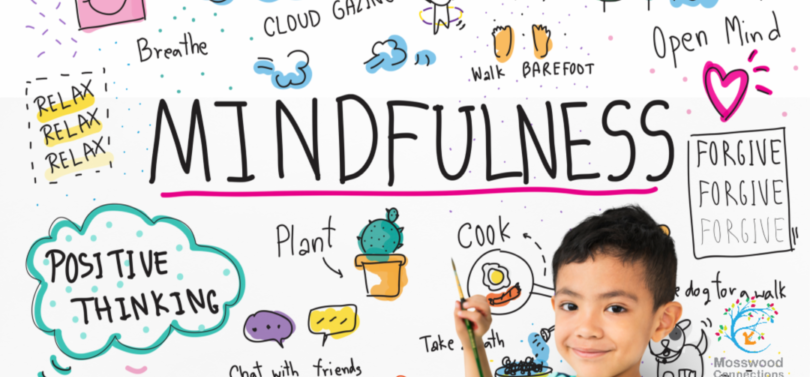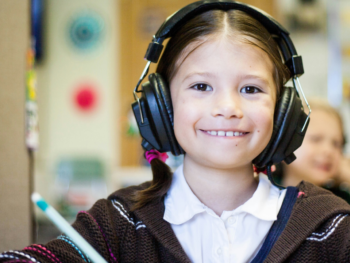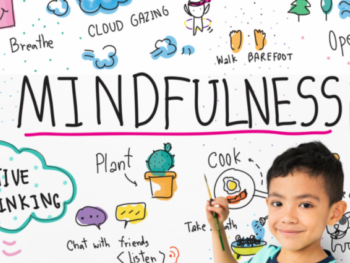Mindfulness is a practice that has gained popularity for its ability to improve mental well-being and reduce stress in our fast-paced world. In this article, we'll explore what mindfulness is, its benefits, and how to teach it to individuals of all ages. By embracing mindfulness, we can help people develop a greater sense of peace, focus, and emotional balance in their daily lives. At Uplift, our staff practice mindfulness.
What is Mindfulness?
Mindfulness is a mental practice rooted in ancient traditions like Buddhism, but it has become increasingly relevant in our modern, busy lives. It involves bringing your full attention to the present moment and accepting it without judgment. In essence, mindfulness is about being fully aware of your thoughts, feelings, and sensations, both inside and outside of you.
The Benefits of Mindfulness:
- Mindfulness offers a wide range of benefits for both mental and physical health:
- Stress Reduction: Mindfulness helps individuals manage stress by enabling them to respond to life's challenges with greater calm and clarity.
- Improved Focus: Practicing mindfulness enhances concentration and attention, allowing individuals to complete tasks more efficiently.
- Emotional Regulation: It helps individuals understand and manage their emotions, reducing impulsive reactions.
- Enhanced Well-Being: Mindfulness fosters a sense of inner peace and contentment, promoting overall well-being.
- Greater Resilience: It equips individuals to bounce back from setbacks and adversity with more ease.
Mindfulness is a powerful practice that can improve mental well-being, reduce stress, and enhance overall quality of life. Teaching mindfulness involves understanding the concept, fostering a safe space, and guiding individuals through techniques like mindful breathing, meditation, body scanning, and mindful walking. By incorporating mindfulness into daily routines, you can help individuals develop a greater sense of inner peace and resilience, empowering them to navigate life's challenges with clarity and emotional balance.
How to Teach Mindfulness:
-
- Start with Yourself: Before you can teach mindfulness to others, cultivate your own practice. Explore mindfulness techniques through books, courses, or apps to better understand the process. Consistency in your personal practice will enhance your ability to guide others effectively.
- Simplify the Concept: Mindfulness doesn't need to be overly complex. Explain that it's about being present in the moment, observing thoughts, feelings, and sensations without judgment. Use relatable examples, such as paying full attention to the taste of food or the warmth of the sun.
- Create a Safe Space: To teach mindfulness effectively, create a supportive, non-judgmental environment. Encourage open discussion and the sharing of experiences without fear of criticism.
- Mindful Breathing: Teach individuals to focus on their breath as it rises and falls. Breathing exercises help anchor the mind and calm racing thoughts. Encourage them to return to their breath whenever they feel distracted.
- Guided Meditation: Guided meditation sessions are a great way to introduce mindfulness. You can use meditation apps or audio recordings to lead these sessions. Start with shorter sessions and gradually extend the duration as individuals become more comfortable.
- Body Scan: Guide individuals in scanning their bodies for tension or discomfort. This practice promotes awareness of physical sensations and can help relax muscles and release stress.
- Mindful Walking: Teach individuals to walk mindfully by paying attention to each step and the sensations in their feet. Mindful walking can be a valuable practice for grounding oneself during daily activities.
- Encourage Consistency: Emphasize the importance of regular practice. Suggest that individuals start with a few minutes each day and gradually increase the duration as they become more accustomed to mindfulness.
Keywords:
Mindfulness
Mindfulness practice
Benefits of mindfulness
Mindfulness for well-being
Teaching mindfulness
Mindfulness techniques
Mindfulness meditation
Mindfulness exercises
Stress reduction through mindfulness
Mindful breathing
Emotional regulation
Focusing on the present moment
Mindfulness for beginners
Mindfulness in daily life
Mindful walking
Mindfulness for stress relief
Mindfulness for mental health
Teaching mindfulness to adults
Mindfulness techniques for children
Mindfulness for emotional balance






